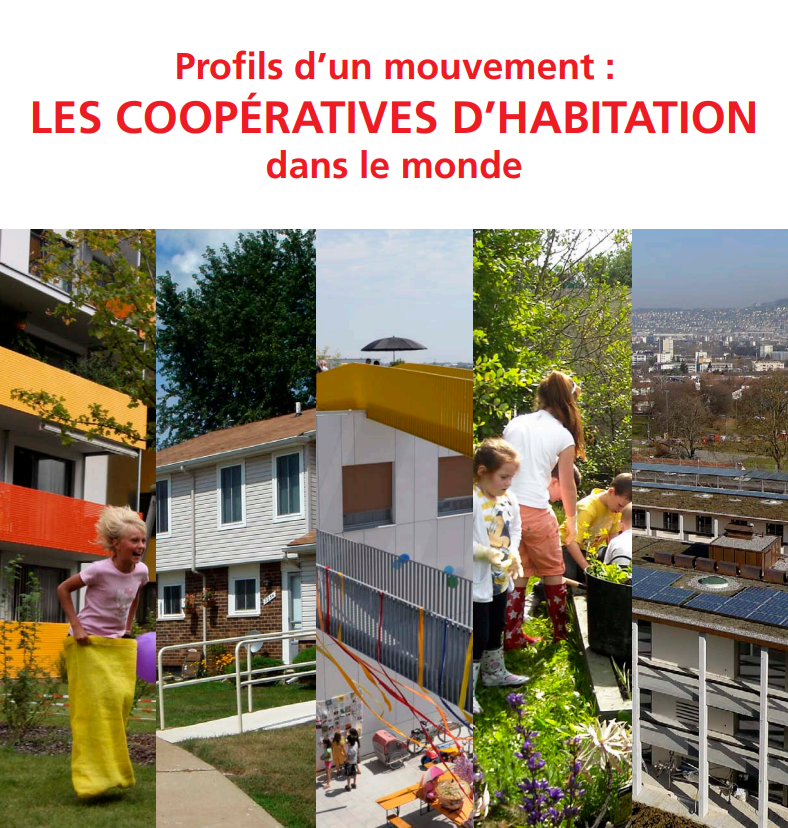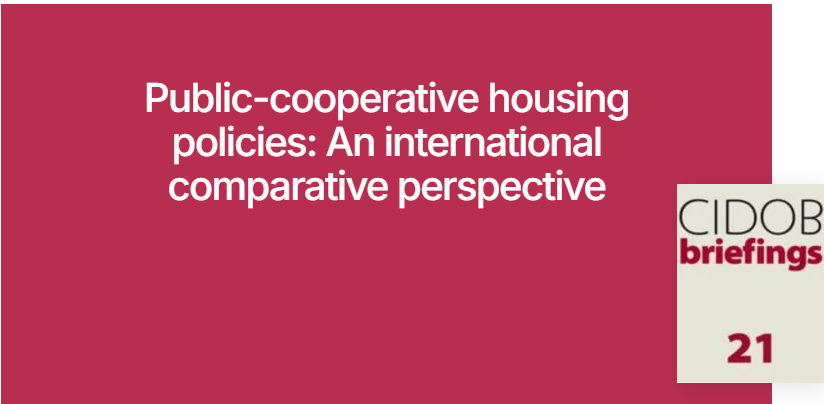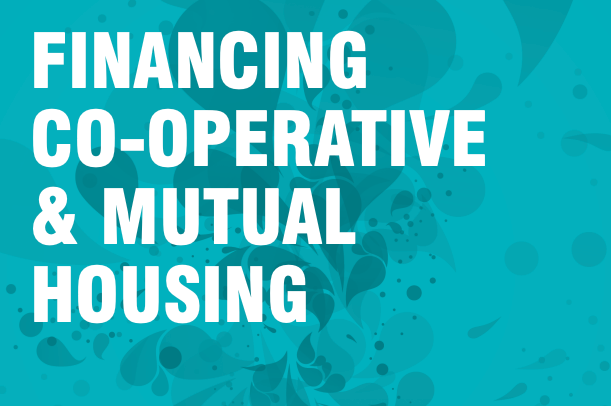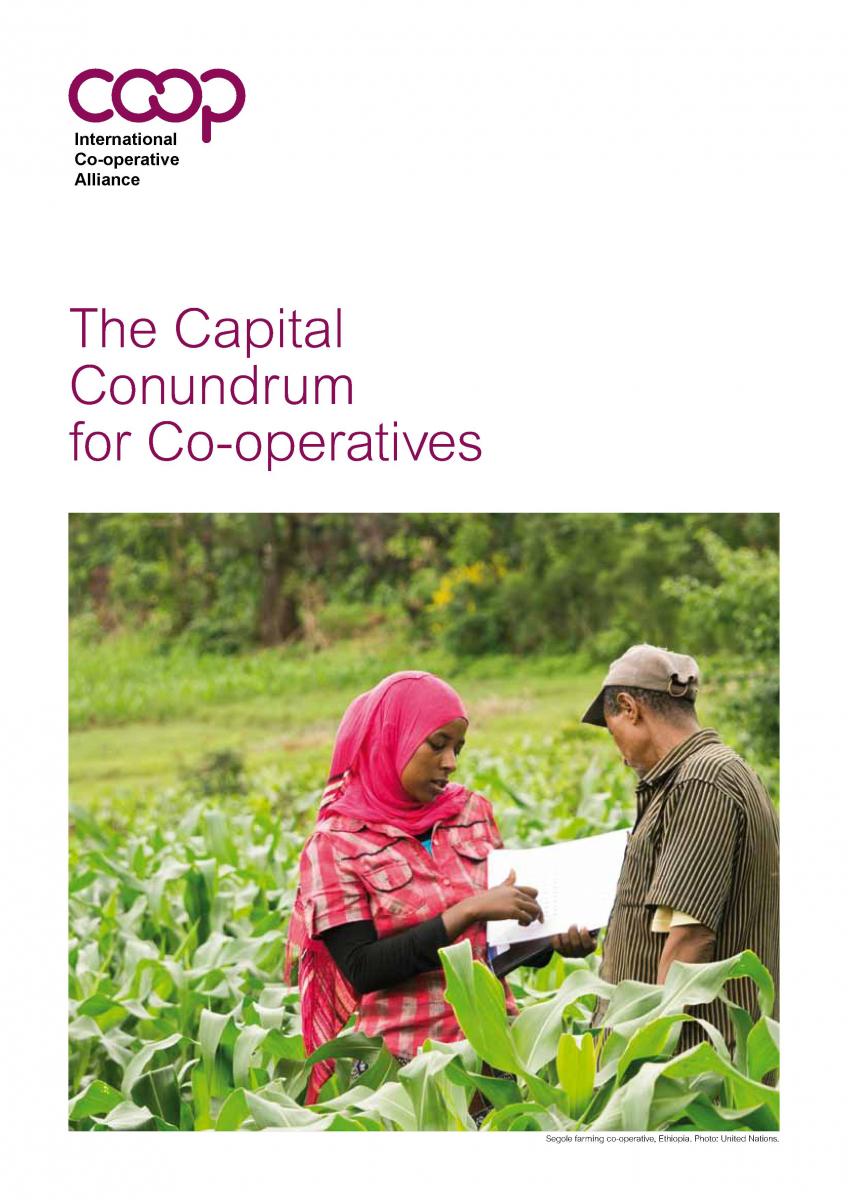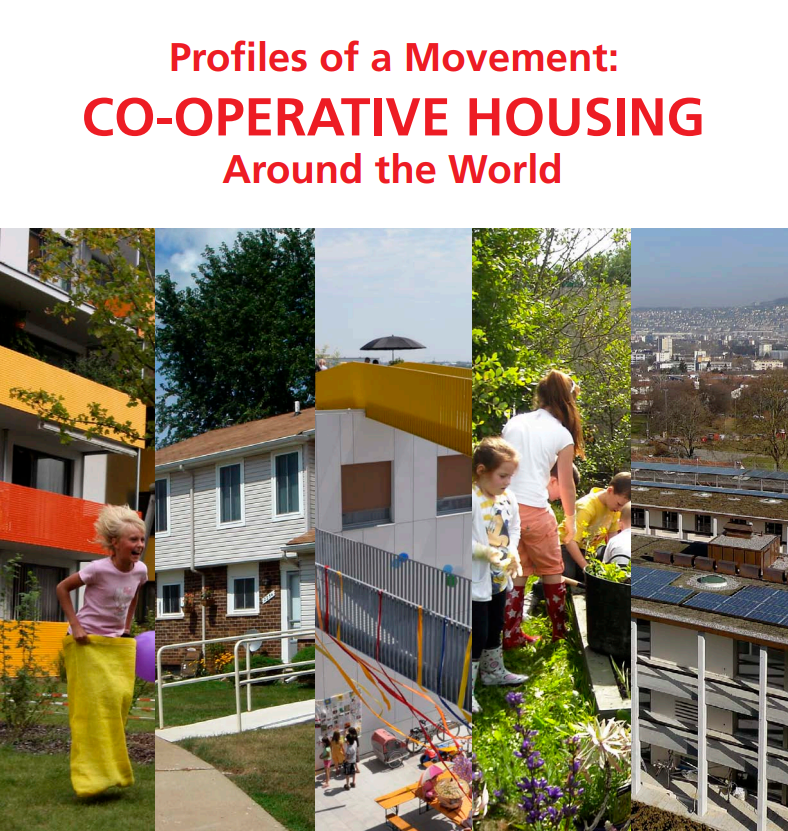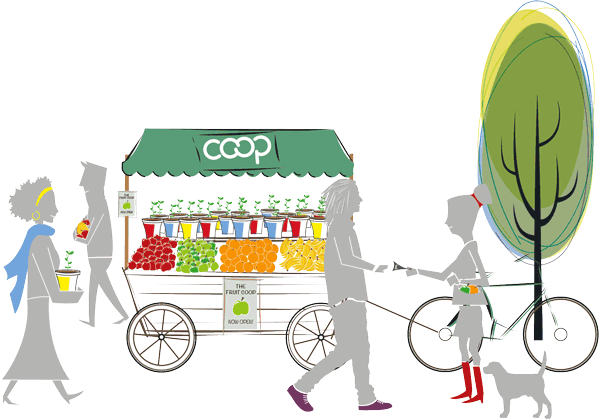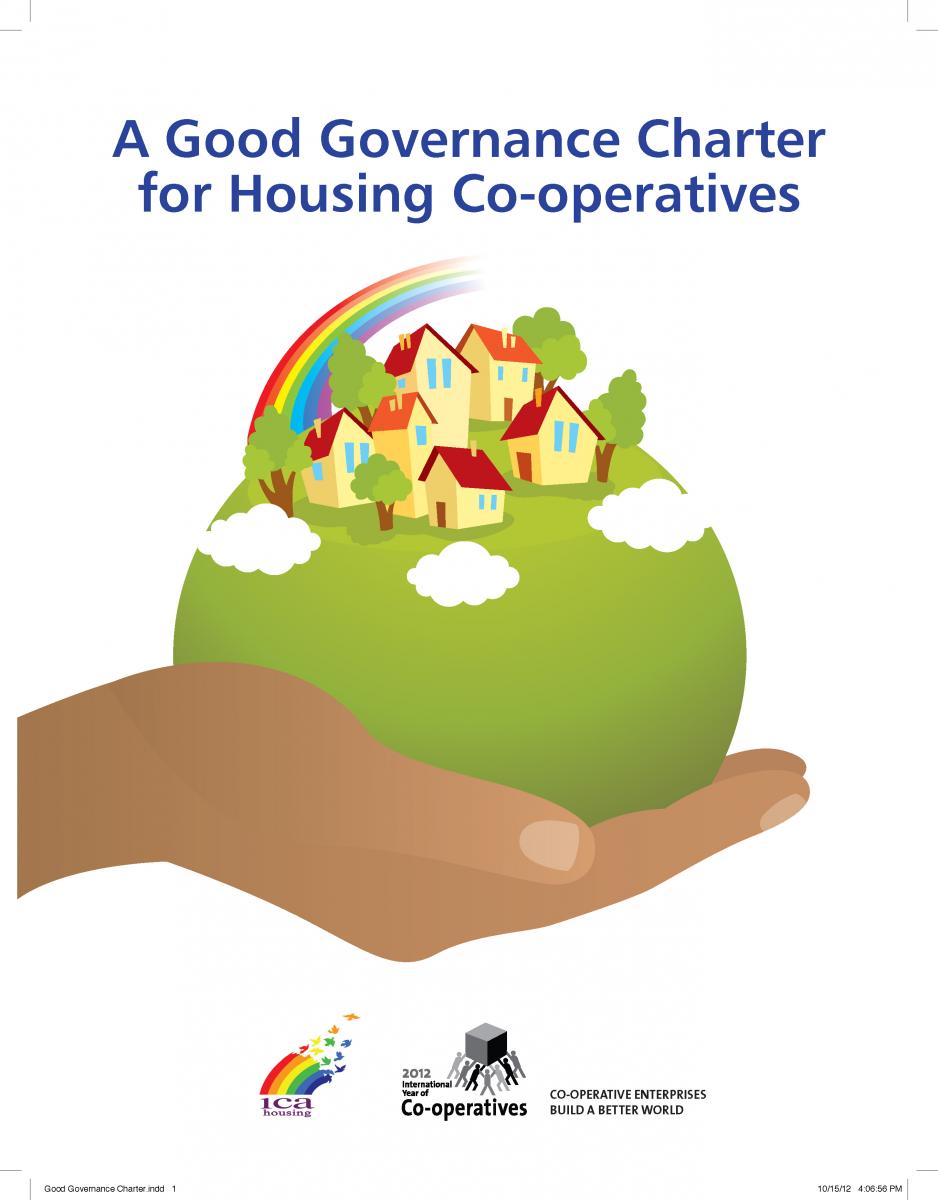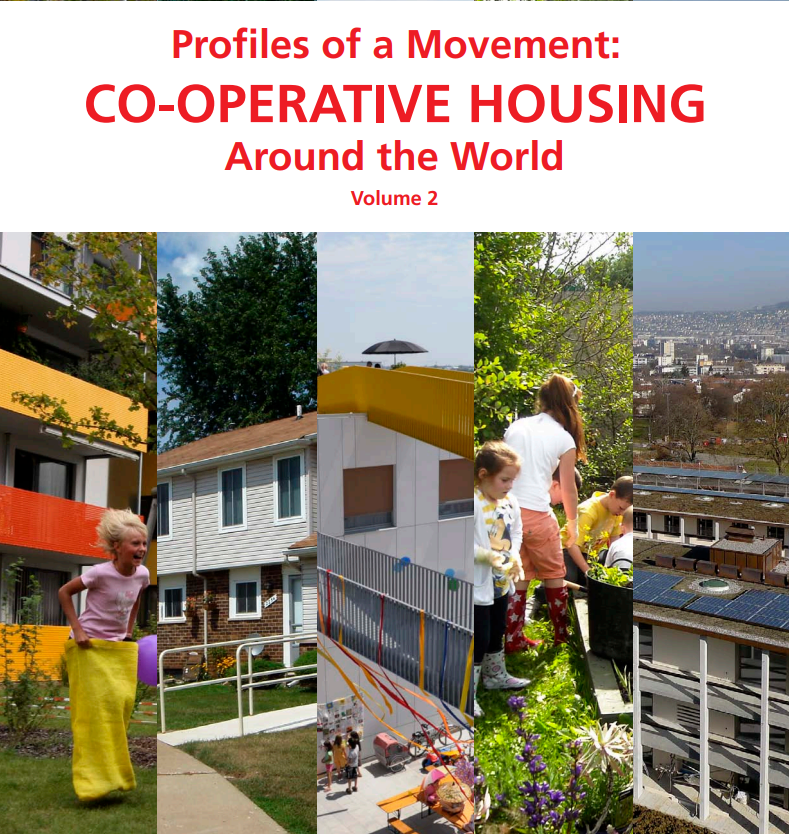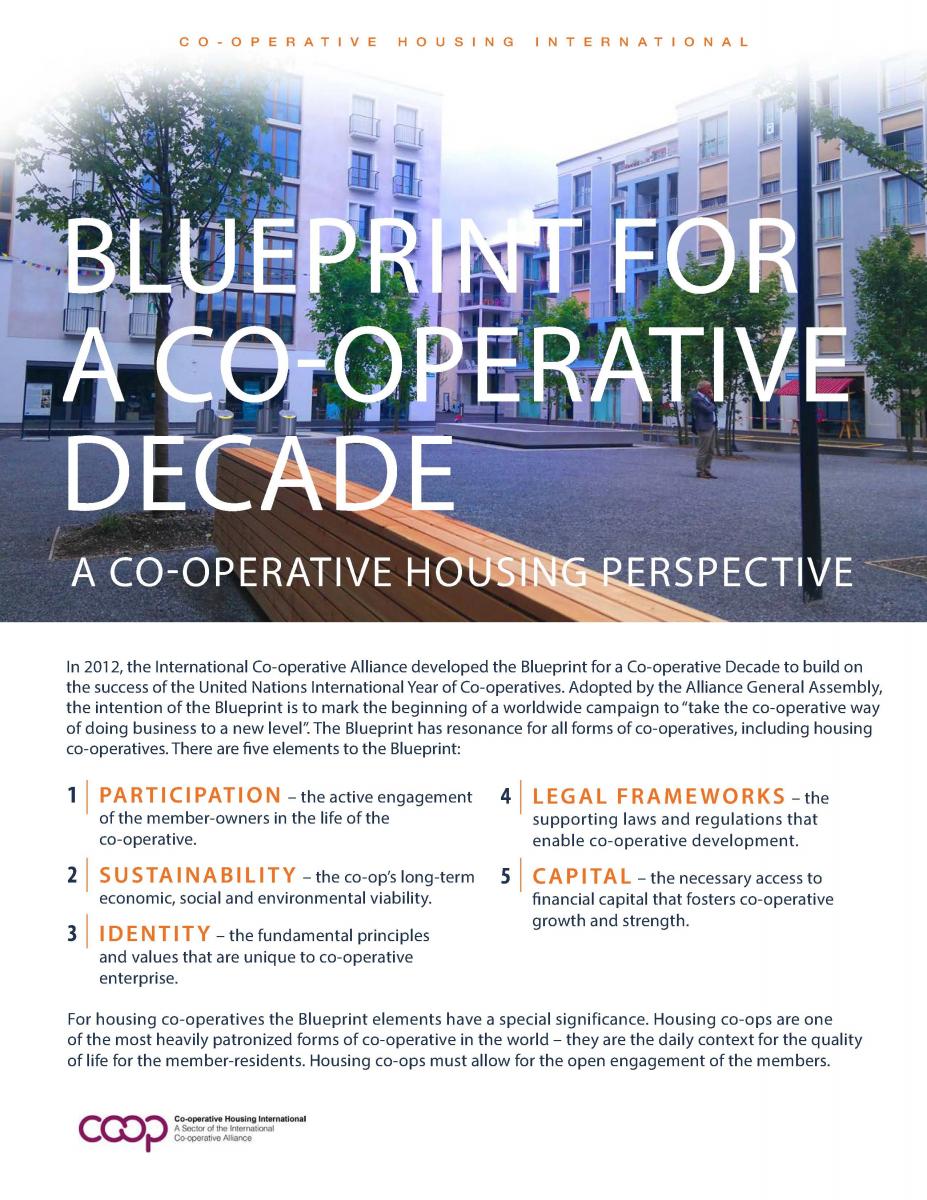About Estonia
Cooperative Housing in Estonia: History and Current State
Cooperative housing in Estonia emerged rapidly in the 1990s as part of a national privatisation push. Today, housing cooperatives and apartment associations remain a vital part of the country’s urban housing system.
Origins of the Cooperative Movement in Estonia
Cooperation in Estonia first took root in the early 20th century, during the country’s initial period of independence (1918–1940). Agricultural, consumer, and credit cooperatives were established to help communities pool resources and improve self-reliance. These early co-ops laid the foundation for a cooperative mindset despite decades of Soviet occupation, where centralized state control left little room for independent citizen initiatives.
With the collapse of the Soviet Union and the restoration of independence in 1991, Estonia experienced a dramatic political and economic shift. This transition created fertile ground for reintroducing and expanding cooperative structures—including in the housing sector—as the country moved from a centrally planned system to a liberal, property-based market economy.
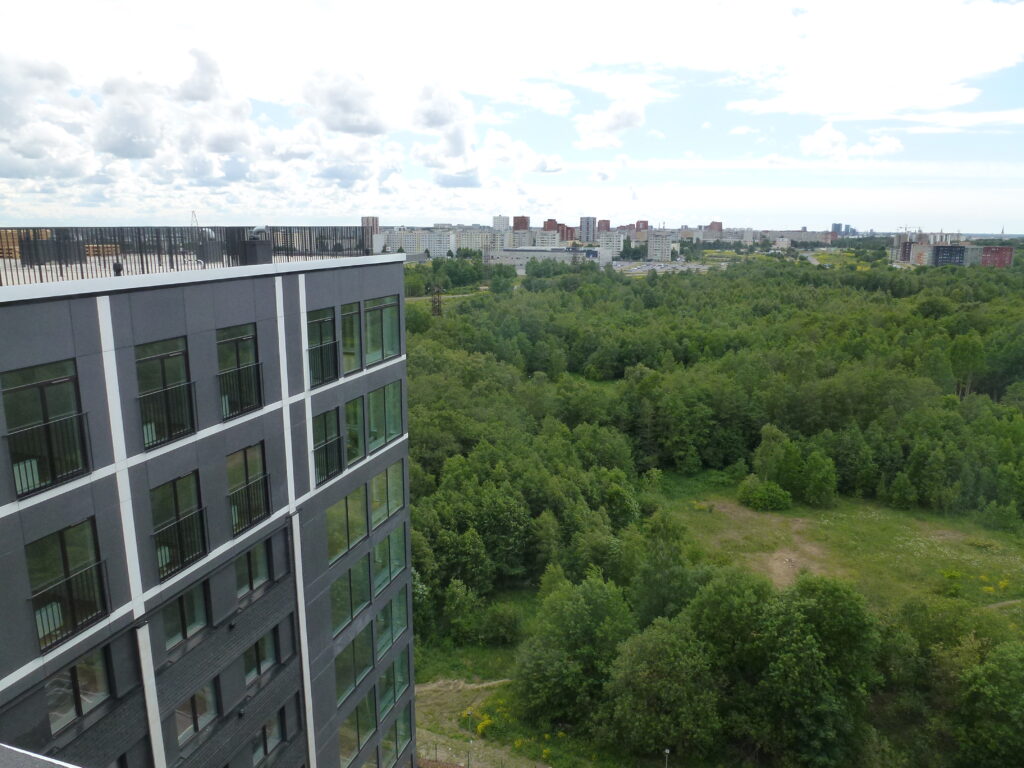
Tallin, Estonia
History of Cooperative Housing
The emergence of cooperative housing in Estonia is closely linked to the country’s post-Soviet privatisation programme. Beginning in the early 1990s, the state transferred ownership of vast amounts of housing to residents. This process occurred in three steps:
- Privatisation of apartments: Sitting tenants received ownership through a voucher system based on years worked under Soviet rule.
- Formation of cooperatives or apartment associations: Residents were required to form collective entities to manage shared parts of buildings.
- Registration of property rights: Housing units and land titles were officially registered.
By 1993, more than 3,000 housing cooperatives or apartment associations had been established.
However, these newly privatised buildings—mostly constructed between the 1960s and 1980s—were often in poor physical condition due to decades of neglect. Widespread renovation was needed, but high interest rates (up to 18%) and low incomes made private investment nearly impossible. cooperatives began lobbying for financial assistance, eventually leading to the establishment of national and local support systems for renovations.
Legal Framework
The legal environment governing cooperative and collective housing in Estonia includes several acts that define the responsibilities and structures of cooperatives and apartment associations:
- Apartment Associations Act – regulates the operation of non-profit associations that manage apartment buildings.
- Apartment Ownership Act – defines ownership rights and duties in multi-unit buildings.
- Non-Profit Associations Act – governs the registration and functioning of voluntary associations.
- The Commercial Code – primary legal framework governing commercial activities in the country.
- Commercial Associations Act – replaced the earlier Co-operatives Act in 2001 for broader commercial cooperative activity.
While some terminology differs legally, in practice the terms housing cooperative and apartment association are used interchangeably in English to describe collectively managed housing.
Characteristics of Cooperative and Apartment Association Housing
Estonian housing cooperatives and apartment associations share several defining features:
- Legal ownership of individual units lies with residents.
- Non-profit governance structures, typically run by a board elected by members.
- Management of common property—land, roofs, facades, staircases—handled collectively.
- Residents pay operating and renovation costs based on actual expenses.
- Initially, each building was required to form its own cooperative; now, multiple buildings can be managed under a single association.
- Many properties require significant renovation, particularly to reduce high energy costs, which can be 30% higher than the European average.
By 2008, legislation allowed housing cooperatives to convert into apartment associations. Today, only about 300 original cooperatives remain, while the vast majority have transitioned into apartment associations.
Financing and Renovation Support
The Estonian Business and Innovation Agency (formerly KredEx) offers a comprehensive suite of financial tools for housing cooperatives and apartment associations, including:
Renovation Loans
Apartment building renovation loans are available to associations that are declined by banks or offered unfavorable terms. These long-term, low-interest loans (up to 30 years, from around 2% + Euribor) can be combined with renovation grants to carry out major building upgrades.
Green Investment Grants
Reconstruction (green) grants cover between 15%–50% of energy-efficiency upgrade costs for pre-1993 apartment buildings, varying by location and depth of renovation. These grants often accompany loans to reduce the required self-financing.
Loan Guarantee
The Agency also provides loan guarantees, backing up to 75% of loan amounts for projects that banks consider higher-risk. These guarantees come with a small fee (1.2%–1.7%) and help associations obtain funding.
As of 2025, energy savings from projects using KredEx subsidies average 40%. Over 1,000 apartment buildings have undergone renovation, with a total investment exceeding €100 million. Source: https://www.renovate-europe.eu/reday/reday-2019/online-resources/kredex-estonia-p13/
The Cooperative Housing Movement
The Estonian Union of Cooperative Housing Associations (EKYL), founded in 1996, is the national umbrella organisation for cooperative and collective housing in Estonia. It was initially formed by regional groups and later restructured in 1999 as a single-level membership organisation.
EKYL provides a range of services:
- Legal and technical advice
- Organisational development
- Training and capacity-building
- Advocacy at national and international levels
- Publications and public information (including Elamu magazine)
EKYL also runs a certification program for well-managed cooperatives and associations, issuing the “Good Apartment Association” label, which is valid for two years and based on legal compliance, financial health, and physical building condition.
EKYL’s training centre is accredited by the Ministry of Education and Research to certify real estate managers through a 160-hour program, supporting professionalisation of cooperative management.
As of the latest figures:
- EKYL has around 1,400 member organisations.
- These members manage approximately 50,000 housing units, representing around 16% of Estonia’s collective housing sector.
- EKYL is run by an elected Council and a 3-member executive board, and employs 15 staff.
More information: www.ekyl.ee
Conclusion
While many challenges remain—especially around ageing infrastructure and affordability—the cooperative housing sector benefits from a strong legal framework, targeted public financing, and a well-organised national movement in EKYL. Estonia’s model is notable for having made collective housing management mandatory, which created both obstacles and opportunities for developing a robust and democratic cooperative housing culture.
Resources Tagged "Estonia"
Presentation about Estonian Union of Housing Cooperatives EKÜL by Andres Jaadla, Founder and Chairman of the board - and Member of the board of Housing Europe. The Estonian Union of Co-operative Housing Associ ...Read More
Management Estonia
The Cooperative Identity — the shared values and principles that unite cooperatives worldwide — is being revisited for the first time in decades. The International Cooperative Alliance (ICA) has released Discussion Draft 2 of ...Read More
Governance Global Study
The Law on Cooperative Housing report marks a milestone in CHI’s collaboration with the International Cooperative Alliance (ICA) through the International Legal Research and Analysis Initiative (ILRAI). Co-funded by the European ...Read More
Legal Global News Article
L'habitat coopératif offre des logements abordables à long terme, gérés par les résidents, avec des avantages sociaux, économiques et environnementaux avérés. Malgré son impact mondial, ce secteur reste méconnu.Read More
Financing and Development Global Report
Explore public policies supporting cooperative housing worldwide in this comprehensive report. Discover how governments and cooperatives collaborate to create sustainable and affordable housing solutions globally.Read More
Research Global Research Paper
The Commission's final report on Cooperative and Mutual Housing (Bringing Democracy Home) highlighted the need for consideration of the role that cooperative and mutual housing could play in the national housing strategy. The Fina ...Read More
Financing and Development Global Report
Par cette publication, nous souhaitons ouvrir le débat sur le logement en tant que droit fondamental et enjeu métropolitain, en mettant en lumière l’expérience de grandes métropoles et dans l’espoir d’inspirer des idées nouvelles pour aborder cet enjeu absolument fondamental de l’urbanisation moderne.Read More
Advocacy Global
In 2000, United Nations (UN) member states recognised the need to build global partnerships for development and the exchange of expertise as one of the Millennium Development Goals. Across the international development field, part ...Read More
Financing and Development Global
New report: The Capital Conundrum for Co-operatives "The Capital Conundrum for Co-operatives", a new report released by the Alliance’s Blue Ribbon Commission explores ideas and options available to co-operatives that need suitab ...Read More
Financing and Development Global
Financing the development of housing co-operatives is a challenge and more so in time of financial restrictions and uncertainty. CHI members discussed the issue during a seminar held in November 2009 in Geneva. Presentations w ...Read More
Financing and Development Global
The Forest Products Annual Market Review 2013 reports that the development of new refinement processes has led to the production of new and more affordable wood based products such as cross-laminated timber (CLT). The report sta ...Read More
Sustainability Global
Updated Guidance Notes on the Co-operative Principles, edited by David Rodgers, former President of Co-operative Housing InternationalRead More
Governance Global
The ILO views cooperatives as important in improving the living and working conditions of women and men globally as well as making essential infrastructure and services available even in areas neglected by the state and investor-driven enterprises. Cooperatives have a proven record of creating and sustaining employment – they provide over 100 million jobs today; they advance the ILO’s Global Employment Agenda and contribute to promoting decent work.Read More
Legal Global
Cooperative housing offers long-term, affordable homes governed by residents, with proven social, economic, and environmental benefits. Despite its global impact, the sector remains under-recognized.Read More
Financing and Development Europe Report
Student housing cooperatives have become very popular in the USA and many of these housing co-operatives are members of organizations such as NASCO. Unlike a resident who acquires shares at market rates to earn the right to occupy ...Read More
Community Global
The Good Governance Charter for Housing Co-operatives was launched at the ICA Housing Plenary in Manchester in November 2012.It has three parts:A 10-point set of good governance practicesAn interpretive statement for each good p ...Read More
Governance Global
This second volume of Housing Co-operative Profiles focuses on African countries, showcasing the ingenuity and commitment of cooperators working under difficult conditions. It offers insights into the legal, financial, and historical contexts of housing co-ops, aiming to inspire broader adoption of the model as a solution to the global housing crisis.Read More
Community Global Report
The Blueprint for a Co-operative Decade is a worldwide campaign to “take the co-operative way of doing business to a new level”. The five key elements of the Blueprint are participation, sustainability, identity, legal frameworks and capital. The Blueprint is particularly relevant to co-operative housing and the Blueprint interpretation for co-operative housing below explains how.Read More
Governance Global



